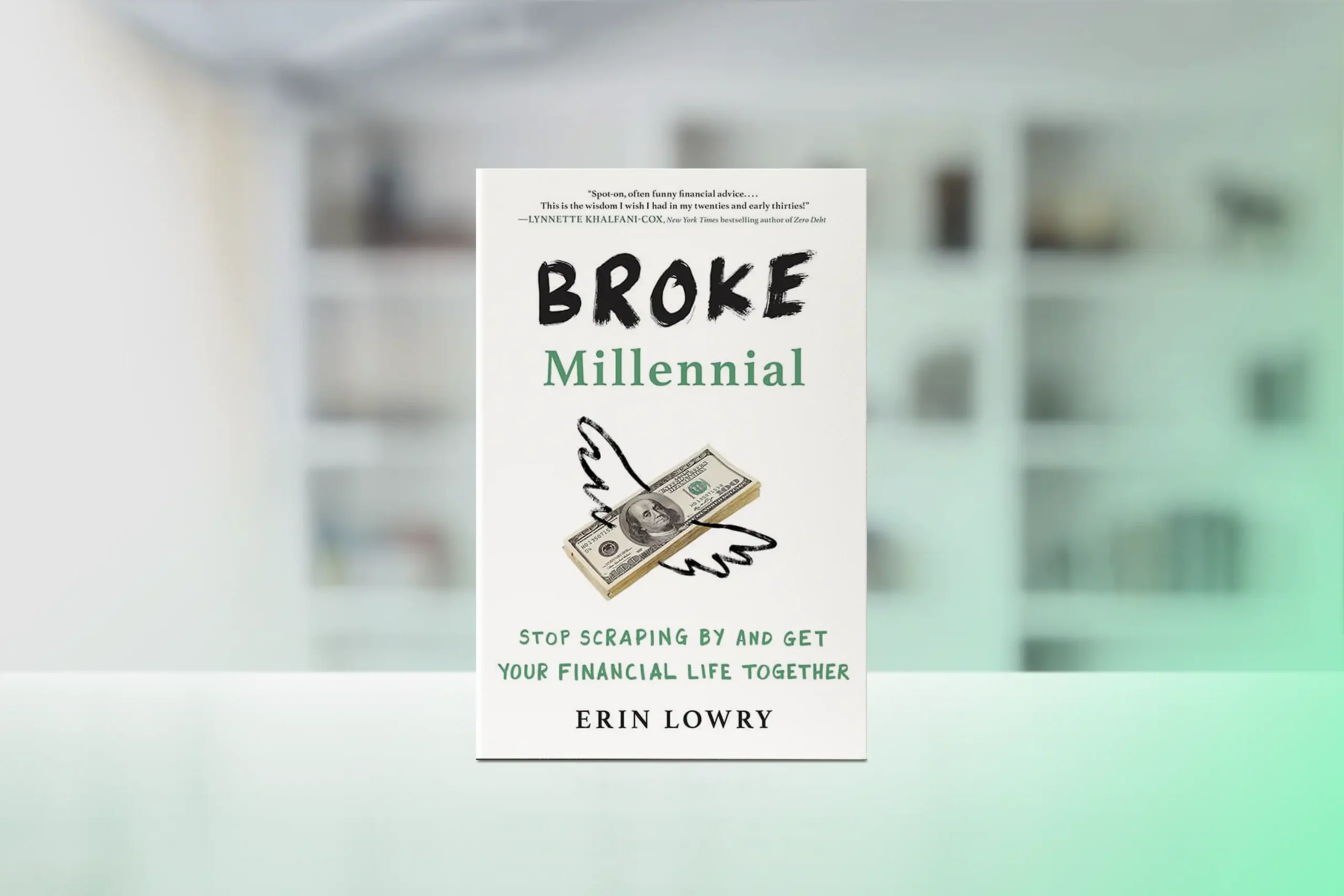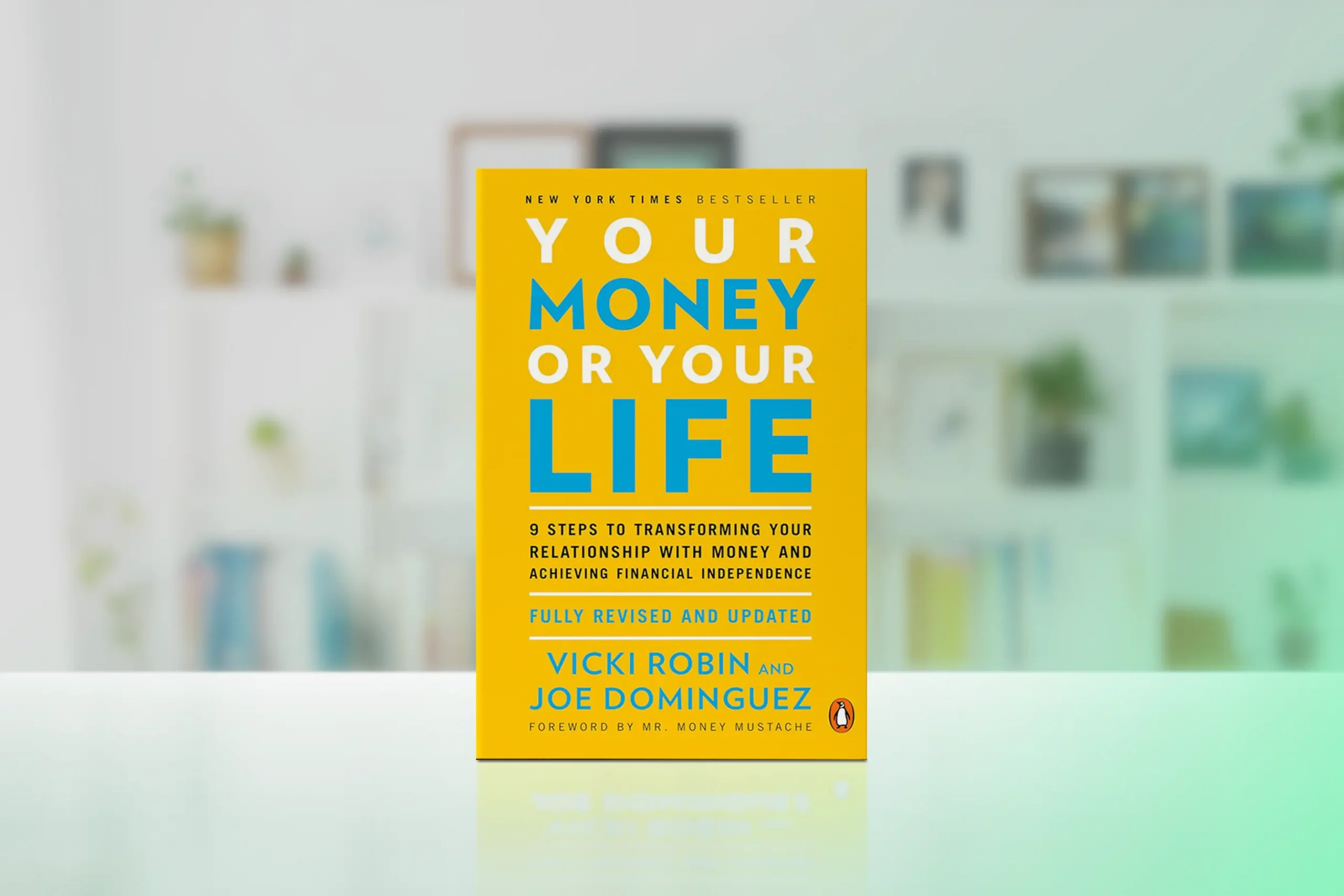Do your finances feel out of control? If you dread checking your bank account, cringe at credit card bills, or feel anxious about surprise expenses, you’re not alone. Many live paycheck to paycheck, trapped in a stressful cycle. But you can break free. Follow these steps from debt to financial freedom and take control today.
Inside this article:
What is Financial Freedom?
Financial freedom isn’t just about having money—it’s about having options. It means having enough savings, investments, and cash on hand to afford the lifestyle you want while being prepared for unexpected expenses. It means debt doesn’t dictate your decisions, and money-related stress no longer dominates your thoughts.
Financial Freedom vs. Financial Independence
Financial Freedom and Financial Independence are not the same. Financial Freedom is living comfortably with reduced financial stress while possibly still working but on your own terms, allowing greater lifestyle choices, flexibility, and peace of mind. Financial Independence is living entirely off passive income without needing to work at all, enabling total autonomy, leisure, travel, creative pursuits, and freedom from employment constraints.
This guide focuses on achieving financial freedom—creating breathing room in your finances so money worries no longer dictate your choices. The journey might seem overwhelming, but each small step compounds into meaningful progress.
Step 1: Face Your Numbers
The first step is gathering all your financial information in one place – every debt, expense, and income source – without judgment or shame. This honest assessment creates your starting point.
Why it’s important: According to Ramit Sethi, author of “I Will Teach You to Be Rich,” many people avoid looking at their complete financial picture out of fear, but this awareness is actually empowering. Research shows that financial clarity reduces anxiety and creates a foundation for meaningful action.
Try this: Set aside one distraction-free hour with your favorite beverage and make a simple list of what you owe, to whom, and with what interest rates.
Step 2: Create a Budget That Works
Create a realistic spending plan that aligns with your priorities and values. A good budget isn’t restrictive – it’s a tool that gives your money purpose and direction.
Why it’s important: Dave Ramsey, author of “The Total Money Makeover,” emphasizes that budgeting isn’t about limiting freedom but creating it. Studies from the Consumer Financial Protection Bureau show that consistent budgeters make faster progress on financial goals and experience less financial stress.
Try this: Instead of cutting everything you enjoy, start by reducing one category by 10-15% this month. Just by tracking expenses for 2-3 weeks can be eye-opening — you’ll spot patterns and money leaks you never noticed before.

Step 3: Build an Emergency Fund
Set aside a dedicated savings buffer (even starting with just $500-1,000) to handle unexpected expenses like car repairs, medical bills, or temporary income loss without going into debt.
Why it’s important: According to “The Psychology of Money” by Morgan Housel, financial resilience isn’t about complex strategies but having a buffer against the unexpected. Even a small emergency fund of $500-1,000 can prevent 60% of common financial emergencies from increasing your debt.
Try this: Start with just $25-50 per paycheck into a separate savings account that’s not connected to your daily spending.
Step 4: Cut Unnecessary Expenses
Review your spending for subscriptions, services, and habitual purchases that don’t add significant value to your life, then redirect that money toward debt repayment or savings.
Why it’s important: Research in the Journal of Consumer Psychology shows that cutting expenses we don’t truly value actually increases overall satisfaction, not the opposite. Bola Sokunbi, founder of Clever Girl Finance, calls this “value-based spending” rather than deprivation.
Try this: Review all subscriptions and recurring charges — cancel those you haven’t used in 30 days.
Step 5: Increase Your Income
Find ways to earn extra money through side hustles, freelance work, overtime, selling unused items, or developing skills for a promotion – then dedicate that additional income to accelerating debt payoff.
Why it’s important: In “Buy Back Your Time,” entrepreneur Dan Martell demonstrates how temporary income boosts specifically directed toward debt payoff can dramatically accelerate financial freedom. A focused six-month side hustle can often accomplish more than years of small expense reductions.
Try this: Consider what skills you already have that others might pay for — from tutoring to pet sitting to selling handmade items. The extra income doesn’t need to be forever. Even a 6-month push can create momentum that changes your financial trajectory.

Step 6: Choose a Debt Repayment Strategy
Select either the debt snowball method (paying off smallest balances first) or the debt avalanche approach (tackling highest interest rates first) to systematically eliminate debts one by one.
Why it’s important: A research study from the Kellogg School of Management found that “small victories” strategy, the feeling of progress is crucial for motivation in debt repayment. This explains why the “debt snowball” method (paying smallest debts first) often outperforms mathematically optimal approaches — it creates visible wins faster.
Try this: List your debts from smallest to largest balance. Focus all extra money on the smallest while making minimum payments on others.
Step 7: Negotiate and Refinance
Contact your creditors directly to request lower interest rates, waived fees, or better terms, and explore debt consolidation or refinancing options that could save thousands in interest payments.
Why it’s important: Studies show that 70% of people who ask for lower interest rates receive them, yet only 20% ever ask. According to “Rich Dad Poor Dad” author Robert Kiyosaki, negotiation skills deliver some of the highest returns on time investment in personal finance.
Try this: Script your request before calling creditors. Ask specifically: “What options do you have for lowering my interest rate?”
Step 8: Stop Accumulating New Debt
While paying down existing debt, commit to living within your means by removing easy access to credit, addressing emotional spending triggers, and finding healthier ways to cope with stress.
Why it’s important: Behavioral economist Dan Ariely’s demonstrates that creating “friction” between ourselves and impulse purchases can reduce unplanned spending. Without addressing root causes, debt repayment becomes an endless cycle.
Try this: Delete stored payment information from online shopping sites and unsubscribe from retailer emails for 30 days.
Worth noting: For many of us, emotional spending has specific triggers. Notice if you shop when bored, stressed, or after scrolling social media.

Step 9: Automate and Track Progress
Set up automatic payments for at least minimum balances, automate transfers to savings, and create a visual tracking system to monitor debt reduction and stay motivated through the entire process.
Why it’s important: According to “Atomic Habits” author James Clear, visual progress indicators tap into our brain’s reward systems, making behavior change more sustainable. Meanwhile, automation removes the daily decision-making that depletes willpower.
Try this: Create a simple visual tracker for your debt payoff — a paper thermometer on your fridge works perfectly.
Step 10: Plan for Long-Term Success
As you eliminate debt, begin directing the freed-up money toward building wealth through retirement accounts, investments, and developing multiple income streams that work for you.
Why it’s important: JL Collins, author of “The Simple Path to Wealth,” demonstrates that even modest investments started while completing debt repayment can grow significantly through compound interest. The transition from debt-payer to wealth-builder requires a psychological shift as much as a financial one.
Try this: Once high-interest debt is paid off, redirect that same payment amount toward invest
Your Financial Freedom Plan
The path from debt to financial freedom isn’t usually quick or linear, but it is absolutely possible. These 10 steps provide a roadmap that has helped countless people transform their financial lives — not by making perfect decisions, but through consistent progress in the right direction.
A study found that attitude and financial confidence significantly influence a person’s intention to repay debt. The most predictive factor wasn’t income level but the belief that financial freedom was actually possible. And that’s the truth — small, consistent actions compound over time into remarkable results.
What one small step could you take today that your future self would thank you for?
Related Reading:
- “How to Build an Emergency Fund When Money Is Tight”
- “Smart Spending: Tips for Managing Day-to-Day Expenses”
- “Side Hustles and Passive Income: Extra Ways to Boost Your Earnings”
- “How to Set and Achieve Financial Goals That Align with Your Life Purpose”
- 10 Steps to Financial Independence: Starting From Zero
Important Disclaimer:
This article is for educational purposes only and should not be considered financial advice. This article is designed to help you understand investing fundamentals and develop a framework for thinking about your financial future. Every individual’s financial situation, goals, risk tolerance, and time horizon are unique. Before making any investment decisions, consider consulting with a qualified financial advisor who can provide personalized guidance based on your specific circumstances.
Past performance does not guarantee future results. All investments carry risk, including the potential loss of principal. Market conditions, economic factors, and individual circumstances can significantly impact investment outcomes. The examples and scenarios presented in this guide are illustrative and based on historical averages—actual results will vary.
Not all investment strategies are appropriate for all investors. What works for one person may not work for another. This guide should serve as a starting point for your financial education, not a substitute for professional financial advice tailored to your situation.
Helpful Resources:
-
NAPFA: Connects consumers with fee-only fiduciary financial advisors who must put client interests first
-
CFP Board: Directory of Certified Financial Planner professionals with strict ethics and education standards
-
Investor.gov: Education initiative from the SEC and FINRA offering free resources on investments
-
JumpStart: Nonprofit dedicated to financial education with curated resources and tools
-
Money Helper: Government-backed financial guidance and planning tools





